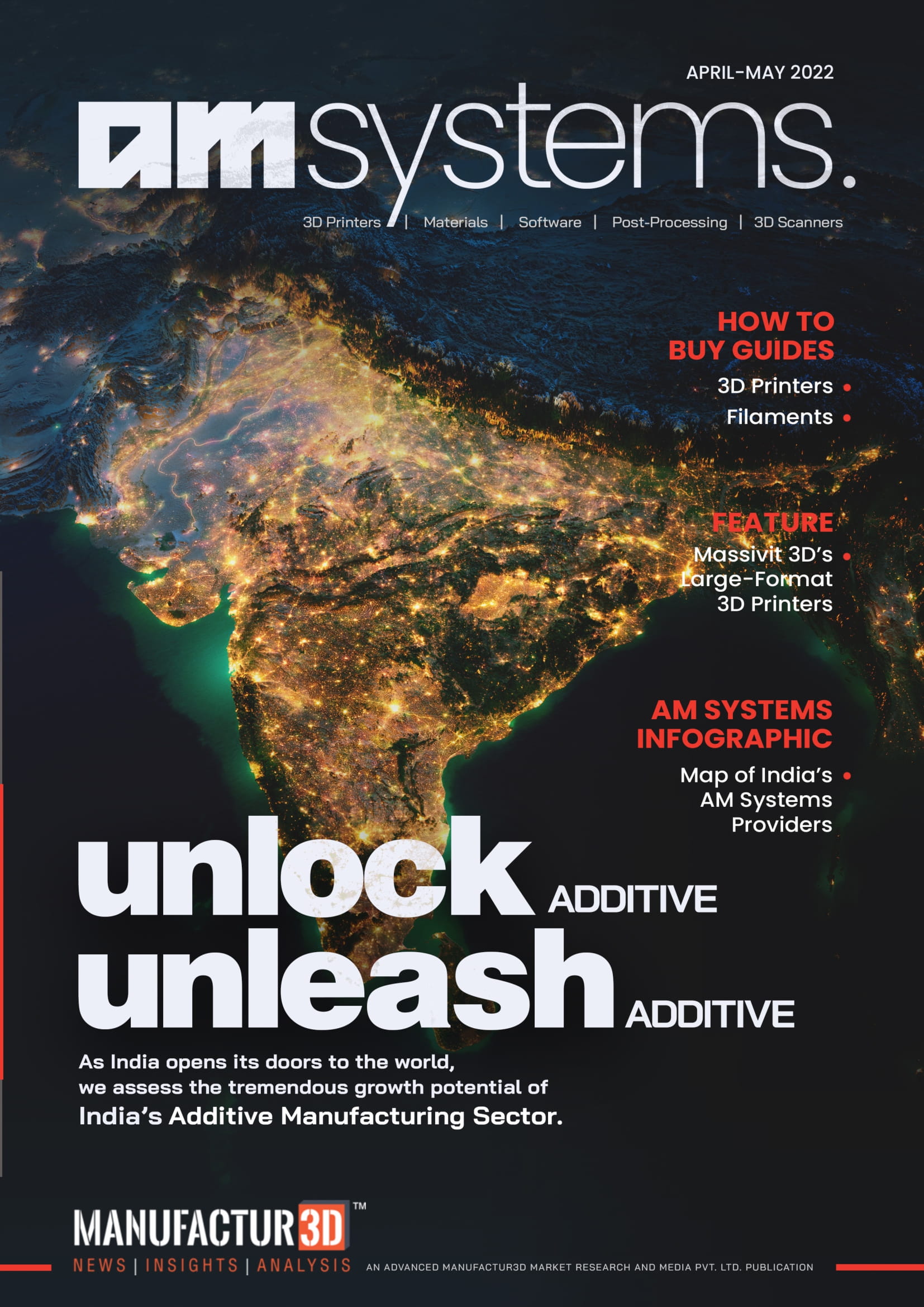Little did the world know that a humble TED Talk on 3D printing could go so viral that it would propel the technology to new heights. The TED Talk we are referring to was presided by Carbon CEO Joseph DeSimone, in 2015. And the technology that he introduced to the world was the revolutionary Carbon Digital Light Synthesis or DLS technology.
In the small 10-minute talk, he cited a scene from the 1992 film Terminator 2: Judgement Day, where the T-1000 machine emerges from a liquid metallic pool being the inspiration for the development of the technology. And by the time he concluded, a part was 3D printed right beside him in a Carbon 3D printer.
In under a decade, Carbon has secured more than 35 patents with more than 250 patents pending with the USPTO. Regularly raising massive funding rounds and building strategic partnerships with industry leaders like Adidas, Johnson & Johnson, Vitamix, Incase, etc., Carbon is the company to watch out for and DLS is the technology to be feared by its competitors.
We bring you the details about the technology and help you understand the Carbon DLS™ technology.
Carbon DLS Technology
The Carbon DLS™ is a patented technology originally granted to EiPi Systems in 2015 but is now developed by Carbon. It was invented by the CEO and Co-founder of Carbon, Joseph DeSimone along with Alexander and Nikita Ermoshkin and Edward T. Samulski.
Carbon DLS technology uses an ultraviolet light to cure (harden) a photosensitive liquid resin held in a vat above the light. The build platform is dipped initially in the liquid resin and is subsequently drawn upwards to literally pull the 3D object out of the resin.

The process begins with the build platform dipped in the liquid photosensitive resin held in a vat. The vat is held on an oxygen-permeable window (the window). While the UV light engine projects from beneath the window. The light engine flashes a stream of image per layer onto the vat through the oxygen-permeable window. This window allows for oxygen to pass through it in minute quantities. This is responsible for creating a thin liquid interface of uncured (unhardened) resin between the window and the part itself. The thin liquid interface literally the ‘no-reaction zone’ is called as ‘dead zone’. The dead zone is extremely thin equal to only one-third of a human hair. This not only enables a continuous flow of oxygen and liquid between the window and the pat but also avoids the part sticking to the window itself.
It is this proprietary technology relating to the dead zone, which makes Carbon DLS technology so remarkable. The dead zone directly results in high-quality surface finish and high-performance parts with superior mechanical properties of the printed part. Due to this unique zone, the parts can be continuously printed unlike those in SLA and DLP 3D printers.
The printing occurs in a cascade-like effect which only partially cures the part. Once the complete part is printed, the part is not ready for use. Such a printing gives only the desired shape to the part. It still does not exhibit superior properties Carbon boasts about. Now the part has to be baked in a thermal bath or oven. This baking stirs up another chemical reaction which strengthens the part even more and improving all its properties.
Carbon with its revolutionary technology is transforming the sector by providing a solution for manufacturing parts with the superior surface finish, superior mechanical properties, and real-world application.

Digital Light SynthesisTM is enabled by Carbon CLIP technology. It accurately balances the interaction of UV light with the oxygen through the window to create a dead zone, core to the complete Carbon DLS technology which not only makes continuous printing possible but also prevents the part adhesion to the window.
This helps in the quick manufacturing of parts. Carbon claims to manufacture parts at speeds 100 times the existing resin printers.
Features
- Carbon has enabled companies to create complex parts previously not possible.
- Parts manufactured with Carbon DLS technology are comparable to injection moulded parts as they exhibit uniform mechanical properties across the complete product.
- The printed parts have a superior surface finish, uniform properties across all cross-sections, and can be printed from customised materials with properties best suited to the parts’ use.
Carbon Partnerships
Carbon recently collaborated with Vitamix, a global leader in high-performance blending equipment, to create a monolithic 3D Printed Micro-Fluidic Nozzle previously which previously was an assembly of six different moulded parts.
Carbon collaborated with Adidas on their Futurecraft 4D shoe, a unique blend of performance and engineering.
Carbon Digital Light Synthesis is a revolutionary technology which, as of today, is unmatched. The superior solution offered by Carbon in terms of hardware, software, materials, service, and support makes it a company to watch out for every enthusiast, learner, engineer, customer and even its competitor.
About Manufactur3D Magazine: Manufactur3D is an online magazine on 3D printing. which publishes the latest 3D printing news, insights and analysis from all around the world. Visit our 3D Printing Education page to read more such informative articles. To stay up-to-date about the latest happenings in the 3D printing world, like us on Facebook or follow us on LinkedIn and Twitter.



